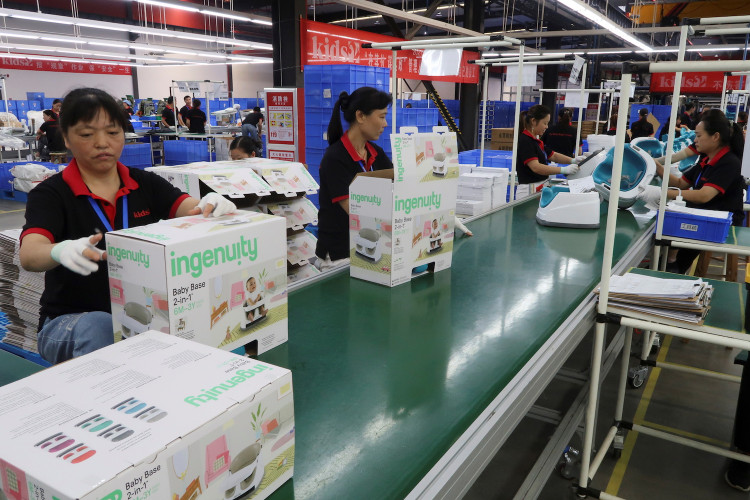According to surveys released on Monday (Oct. 3), Asia's factory output largely decreased in September as weak demand in China and advanced nations compounded the pain from ongoing cost pressures. This clouded the region's hopes for economic recovery.
The surveys came as statistics on Friday from China's factories and services indicated further slowing in the second-largest economy in the world as tight COVID-19 lockdowns hampered production and reduced sales.
"We're seeing economic conditions deteriorate in China, the United States and Europe. That's definitely weighing on Asian manufacturing activity," Toru Nishihama, chief economist at Dai-ichi Life Research Institute in Tokyo said. "While supply disruptions may have run its course, Asia is now suffering from slumping global demand."
Taiwan and Malaysia had a decrease in manufacturing activity, and Japan and Vietnam saw a slower rate of growth in September compared to August as rising raw material costs and the gloomier outlook for the world's economy dampened business confidence.
Due to weaker demand from China and other trading partners, new orders decreased at the highest rate in two years, while output had its worst annual decline. This was revealed by the PMI survey from Japan. In September, the au Jibun Bank Japan Manufacturing Purchasing Managers' Index (PMI) fell to 50.8 from 51.5 the month before, representing the slowest increase since January of last year.
"Weakness in the yen is doing little to bolster export demand either and instead is pushing imported inflation up drastically and drove domestic price pressures up even further," Joe Hayes, senior economist at S&P Global Market Intelligence said.
The surveys revealed that Malaysia's PMI dropped to 49.1 from 50.3, while Vietnam's PMI dropped to 52.5 from 52.7 in August. Taiwan's PMI fell from 42.7 in August to 42.2 in September, remaining below the monthly threshold of 50 that distinguishes between expansion and contraction. High inflation has compelled the US and European central banks to raise interest rates, igniting concerns of a sudden decline in global demand, which had supported Asian exports.
According to data released on Friday, China's official PMI increased from 49.4 in August to 50.1 in September. Separate statistics, however, revealed that the Caixin/Markit manufacturing PMI for China decreased more than anticipated from 49.5 in August to 48.1 in September.
The economic recovery in Asia has also been hampered by China's recession. Many economists anticipate China's economy to grow by just 3% this year, which would be the worst growth since 1976, discounting the 2.2% expansion when the initial COVID-19 hit in 2020, given there are few indicators Beijing will considerably loosen zero-COVID anytime soon.






